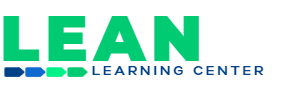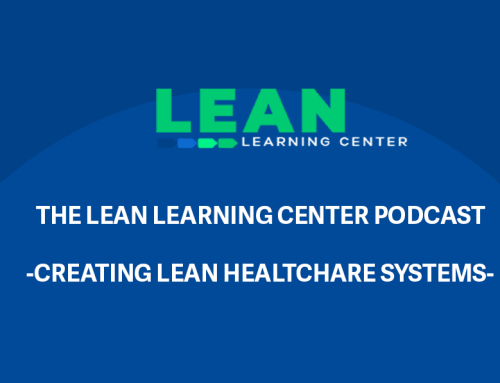The healthcare sector, with its complex processes and critical stakes, stands to benefit significantly from the principles of Lean management. Originally derived from manufacturing, Lean’s core premise is to maximize value for customers (in this case, patients) by eliminating waste and optimizing processes. Let’s explore how Lean principles are being applied in healthcare settings to transform patient care, reduce costs, and improve overall quality and efficiency.
The Challenge in Healthcare
Healthcare systems worldwide face a multitude of challenges, including rising costs, varying quality of care, long waiting times, and operational inefficiencies. These issues not only strain resources but also affect patient outcomes and satisfaction. Adopting a Lean approach in healthcare offers a promising solution to these pervasive problems by rethinking and streamlining healthcare processes.
Lean Principles in Action
Value from the Patient’s Perspective: In Lean healthcare, every process and action is evaluated based on the value it adds from the patient’s perspective. This patient-centric approach ensures that resources are allocated efficiently, directly impacting patient care and satisfaction. For instance, the identification and removal of non-value-adding steps in patient admission processes have significantly reduced waiting times and improved patient satisfaction in numerous healthcare institutions.
Identifying and Eliminating Waste
Healthcare processes often contain waste in various forms, such as unnecessary steps, waiting times, and overproduction of documents. Lean methodologies like value stream mapping help identify these non-value-adding activities so they can be eliminated or minimized, making healthcare delivery more efficient and focused. For example, at ThedaCare, the implementation of Lean methodologies streamlined laboratory processes, reducing the time for lab results from days to hours, significantly improving patient care, and reducing anxiety.
Continuous Improvement (Kaizen)
Lean encourages a culture of continuous improvement, where healthcare professionals are empowered to identify inefficiencies and suggest improvements. This ongoing process of small, incremental changes leads to significant enhancements in the quality and efficiency of care over time. Saskatchewan Health Region’s application of Lean methodologies in streamlining patient flow in emergency departments is a testament to the power of continuous improvement.
Standardization and Best Practices
While healthcare needs are diverse, many processes can be standardized to ensure consistency and efficiency. Lean promotes the development and implementation of best practices, reducing variability and improving outcomes. The Virginia Mason Medical Center’s adoption of the Toyota Production System principles led to the standardization of surgical instrument sets, reducing prep time, and minimizing the risk of infections.
Real-World Examples of Lean in Healthcare
- Virginia Mason Medical Center: Inspired by the Toyota Production System, this U.S. hospital adopted Lean principles to improve patient care and operational efficiency. By reengineering processes, they reduced waiting times, improved safety, and enhanced the overall patient experience.
- ThedaCare: This healthcare system in Wisconsin implemented Lean to transform its operations, resulting in improved patient flow, reduced emergency department waiting times, and significant cost savings without compromising the quality of care.
- Saskatchewan Health Region: In Canada, the application of Lean methodologies led to more efficient use of operating rooms, shorter patient waiting times, and better staff satisfaction rates.
Implementing Lean in Healthcare
The implementation of Lean in healthcare requires commitment from all levels of the organization, from top management to frontline staff. It begins with comprehensive training on Lean principles and methodologies, followed by the identification of specific areas for improvement. Engaging staff in the process of change, fostering open communication, and celebrating small victories are crucial for sustaining momentum and ensuring the success of Lean initiatives.
Lean learning in healthcare is more than a set of tools or methodologies; it’s a shift in culture towards efficiency, quality, and patient-centered care. By focusing on value, eliminating waste, and embracing continuous improvement, healthcare organizations can address many of the challenges they face today. As more healthcare providers adopt Lean principles, we can expect to see significant advancements in patient care delivery, demonstrating that Lean learning is indeed a powerful prescription for the future of healthcare.




